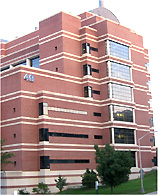
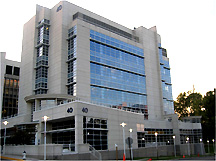
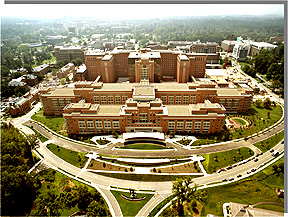
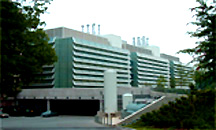
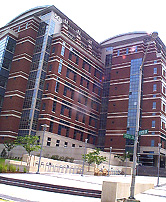
| T H E N I H C A T A L Y S T | J A N U A R Y – F E B R U A R Y 2005 |
|
|
|
| F R O M | T H E | D E P U T Y | D I R E C T O R | F O R | I N T R A M U R A L | R E S E A R C H |
 |
 |
 |
 |
 |
|
INTRAMURAL RESEARCH ACCOMPLISHMENTS This issue of The NIH Catalyst includes our annual enumeration of selected intramural scientific achievements. At a time when budgets are tightening and scrutiny and restrictions are increasing, it is a heartening reminder of the quality and impact of our work. The special intramural environment that facilitates this science is what attracted most of us to the NIH and what keeps us here through thick and thin. In my talk at the NIH research festival this year, I focused on three components of the intramural program that have been especially critical in its success. Richard Florida, in his book The Rise of the Creative Class, referred to these as the three T’s: Technology, Talent, and Tolerance (for out-of-the-box and creative endeavors as well as a diverse workforce). The abbreviated list of accomplishments in this issue highlights all three of these aspects of the intramural program.
NIH continues to be pre-eminent in the discovery and characterization of genes involved in disease, especially in cancer, mental illness, and neurological problems such as Parkinson’s disease. Owing to the establishment of an NHGRI intramural program and genetics core facilities several years ago, we had a big headstart on disease-gene discovery, and this technology has spread to most of the intramural program, facilitating bench-to-bedside applications of basic genomic research. The new Clinical Research Center will undoubtedly facilitate these advances. There is probably no better place in the world than NIH for both laboratory and applied research in immunology. The research highlights include several examples of contributions to basic immunology, such as cytokine research, as well as specific contributions to HIV pathogenesis and vaccine development, including progress in both HIV and SARS. In addition to the extraordinary concentration of talent at NIH in these areas, we have several energetic trans-NIH grassroots scientific interest groups under the umbrella of the Immunology Interest Group, as well as the Vaccine Research Center, that facilitate communication and collaboration in these research areas. Creativity in the intramural program is frequently manifested as novel interdisciplinary studies, amply illustrated in the list of annual achievements, that break down barriers between Institute-specific research programs. Because we tolerate and encourage structural biologists in NIDDK to work on HIV-AIDS and Alzheimer’s disease, or cardiac physiologists in NHLBI to develop imaging tools relevant to neurobiology, we are able to make novel and innovative contributions to biomedicine. Obviously this brief synopsis of achievements cannot do justice to the extraordinary breadth of intramural science. I hope it will serve to remind our scientific staff of why NIH is a very special place. —Michael Gottesman Deputy Director for Intramural Research |